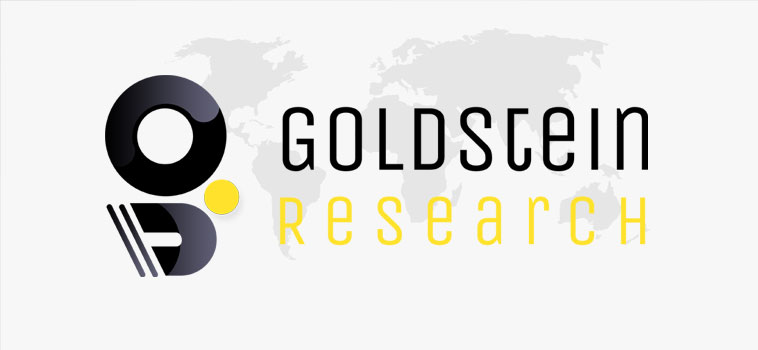Africa Healthcare Industry
Market Outlook
As per International Finance Corporation and World Bank statistics, Africa healthcare industry was estimated at USD 35.0 billion in 2016 and it is anticipated to expand at a CAGR of 6.0% over the forecast years to reach the valuation of USD 62 billion by 2024.
With the slow or no industrial revolution, the socioeconomic structure of Africa has been stable at the degenerative state rather than the accumulative state. Along with the globally spread diseases such as malaria, tuberculosis, and HIV/AIDS, Africa is witnessing an evolving disease pattern which is specific to Africa like sleeping sickness.
Sub Saharan Africa healthcare is rated lowest in the world statistics owing to lack of jobs which are at the foremost priority, poor agriculture practices which are being taken into account for improvement and tackling corruption problems. Countries such as Botswana, South Africa, Tanzania, Mauritius, and Lesotho have the most room for improvement among other countries due to relatively higher life expectancy and increasing expenditure on healthcare. Botswana has the brunt of the AIDS epidemic with remarkable resilience and is now one of the highest life expectancies in Africa.
Investments in Africa Healthcare Industry
In 2016, Flint Atlantic a Nigerian based healthcare investment firm had announced a joint investment program with the US-based a leading global healthcare venture capital firm Polaris Partners, to fund AHN’s expansion in Rwanda and across Africa over the next two years. In Africa the private healthcare provider has sensed opportunities, for instance, in Nigeria, GE has trained careers in remote villages how to identify the biggest pregnancy-complication risks through the sales of portable ultrasound scanners.
Get More Information about Africa Healthcare Industry:
- Forecast market size (USD), market share (%) and market growth CAGR, 2016-2024
- Present market scenario and future growth prospects for the market players to analyze the target markets opportunities across the region.
- In-depth competitive analysis of the major players, leaders, and government in the healthcare industry.
- Future prospects of the overall healthcare industry based on medical devices & drug manufacturers, suppliers, and distributors, pharmaceutical & biotechnology companies, cosmetic product manufacturers, healthcare institutions, clinical centers, medical research laboratories, and academic medical centers and universities.
- The report also highlights the SWOT analysis, Porter’s five force model, company profiling, business strategies of key market players and their business models.
- Africa healthcare market report also recognizes value chain analysis to understand the cost differentiation to provide a competitive advantage to players and the analysis of various healthcare projects & investments in the industry from market players & the government.
- Market growth dynamics, challenges, risk analysis, trends & opportunities and investments scenario in the market are also discussed in the report.
- The market segmentation in the report is backed by the estimated & forecast market size (USD) & market share (%) along with the BPS analysis and market attractiveness.
Africa Healthcare Industry Segmentation can be classified on the basis of:
By Type
- Pharmaceuticals
- Services
- Devices (medical equipments)
- Others (reagents and disposables)
By Sector
- Public
- Private
By Application
- Cardiovascular
- Oncology
- Anti-infection
- CNS
- Respiratory
- Others (dermatology, dentistry, diabetes, etc)
By End User
- Hospitals/clinics
- Diagnostic Labs
- Homecare Settings
- Research and Development Centers
Download Exclusive Sample Report
Market Trends, Drivers and Challenges
Many private providers are sensing opportunity in Africa Healthcare. According to World Health Organization by 2030, close to 1 million people a year in Africa will die of cancer alone that presents an opportunity for private providers, partly because most African healthcare systems are evolving from a ruefully low base. Major factors such as-country manufacturing, transforming healthcare facilities such as micro-insurance policies, integration of IT in the hospitals/clinics, and improvement in care delivery which tends to expand the Africa healthcare market. However, it is recorded that around 80% of the nation’s population is not medically insured and depend upon public health care system with few doctors with doctor-patient ratio 0.8 per 1000 and dilapidated facilities. Although poor population has access to 4200 public clinics but with broken equipment, medicine shortage, and less staff. In order to provide healthcare facilities for approximately 55 million people, the National Health Insurance project worth USD 20 billion is anticipated to commence in 2026.
Africa Healthcare Market Report highlights the following players in the market: Siemens, LIFE Healthcare Group, Mediclinic International, Netcare, Litha Healthcare Group, Medtronic, Roche, Alere, GE Healthcare, B Braun, Abbott, etc.

